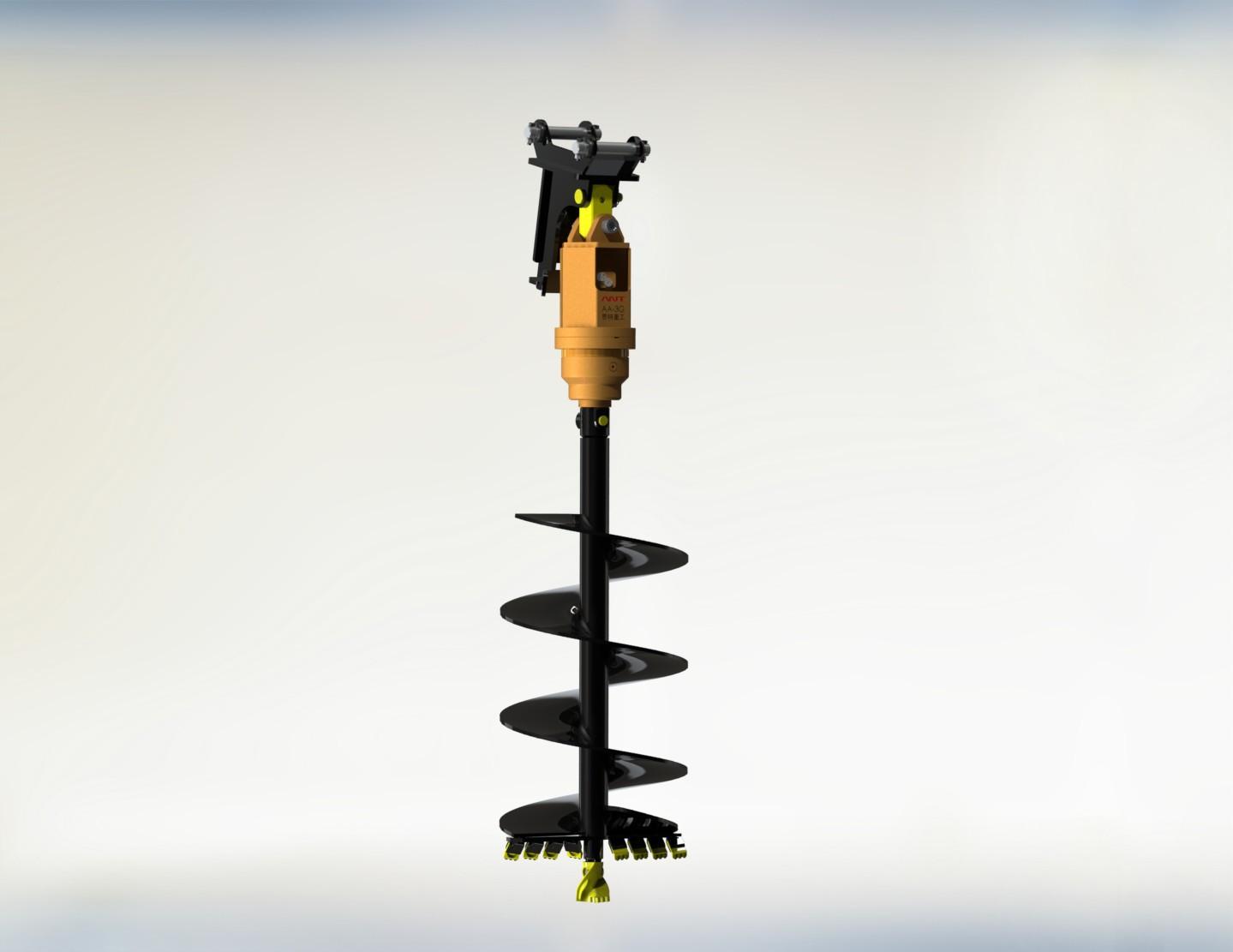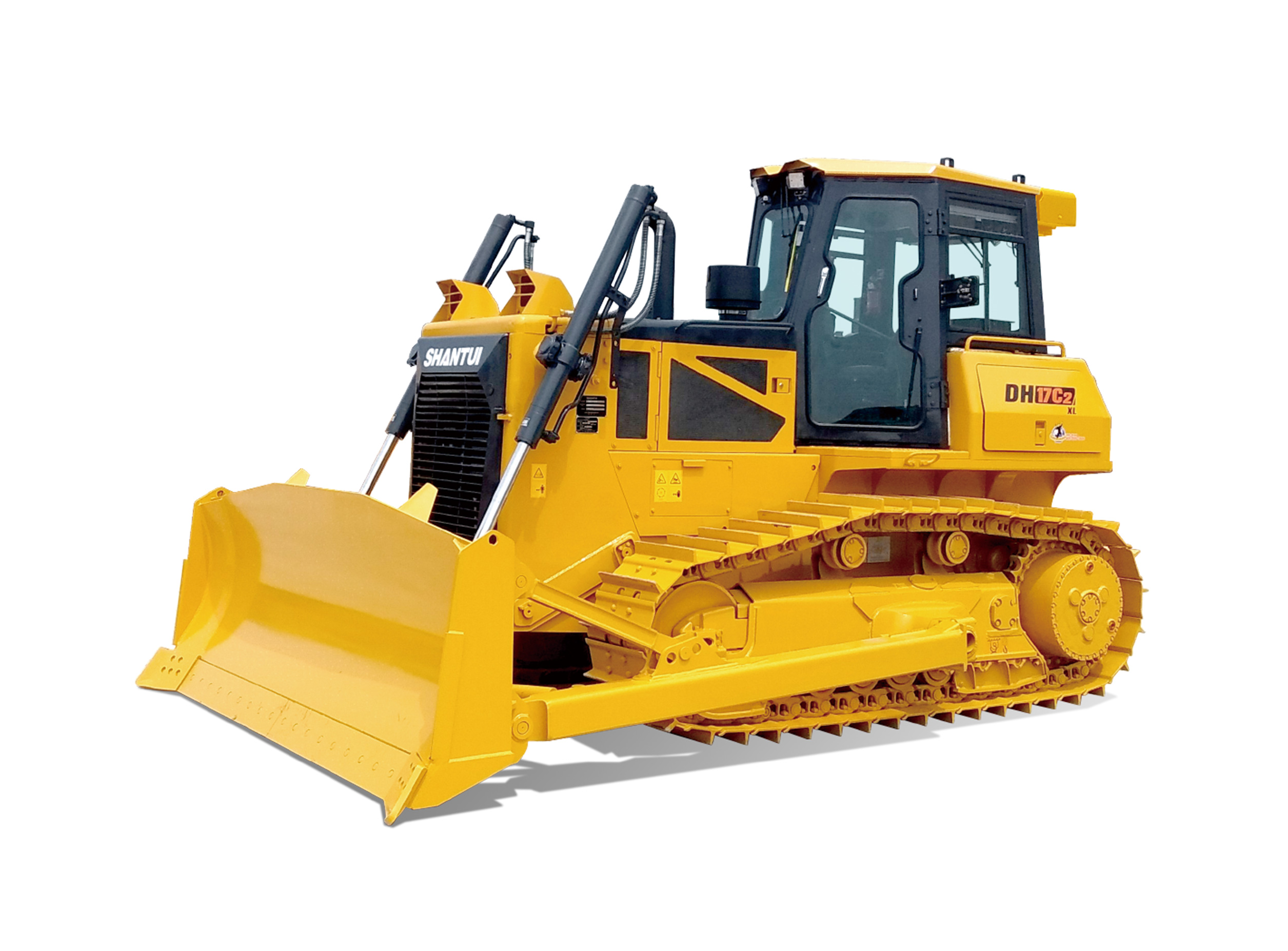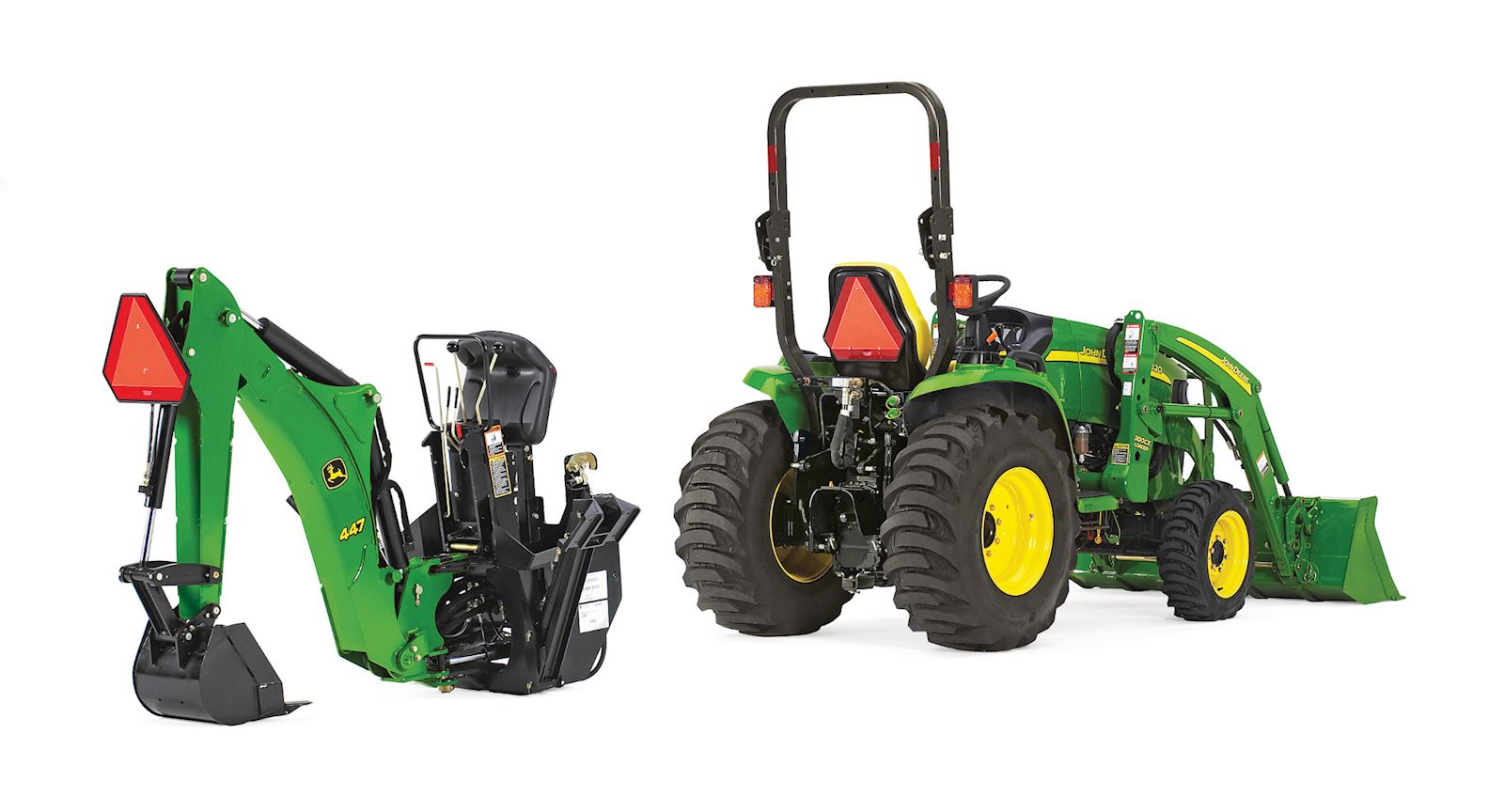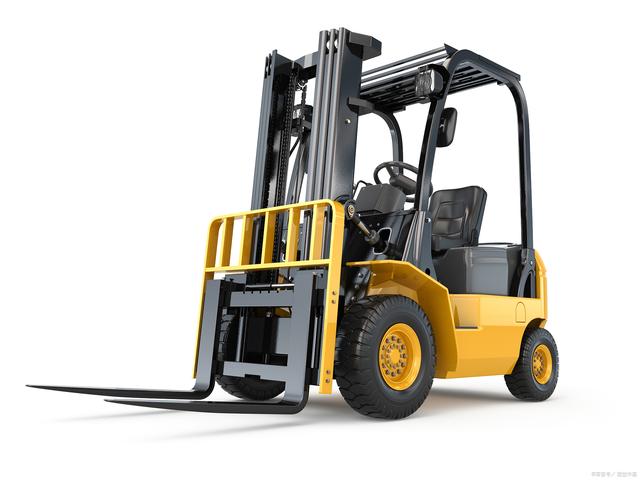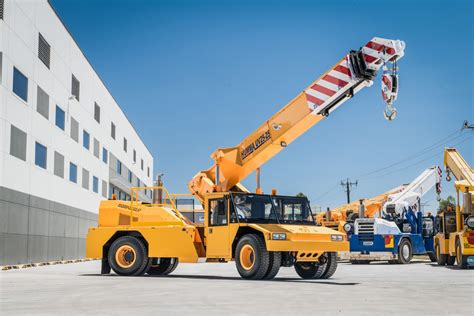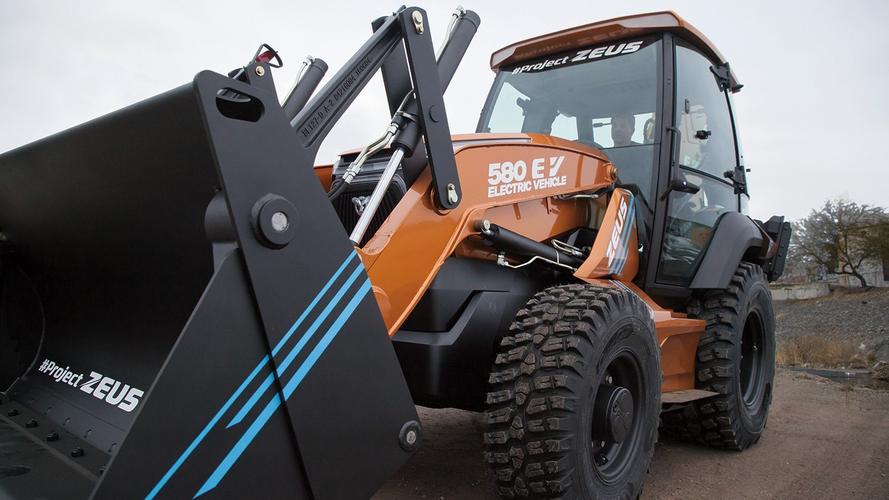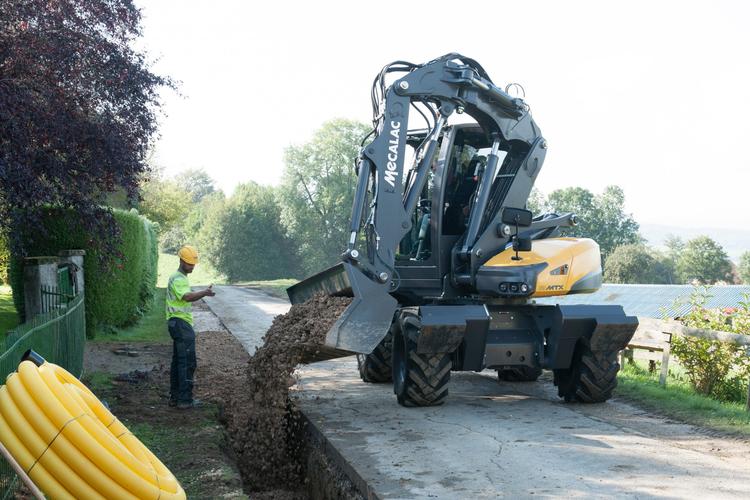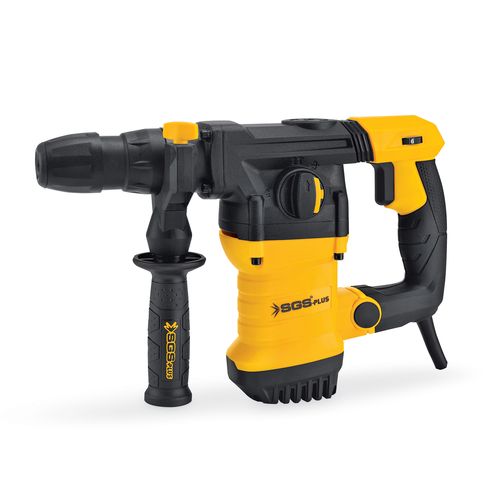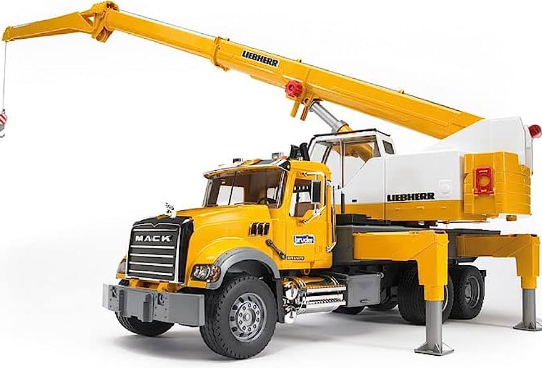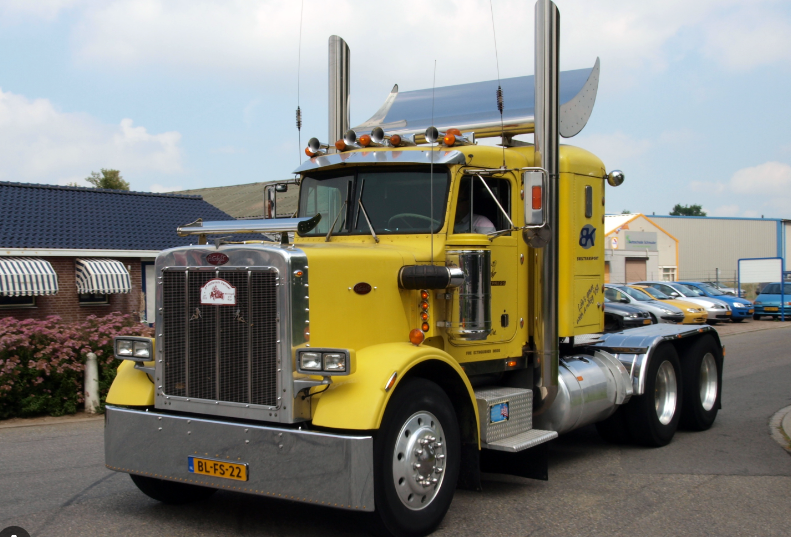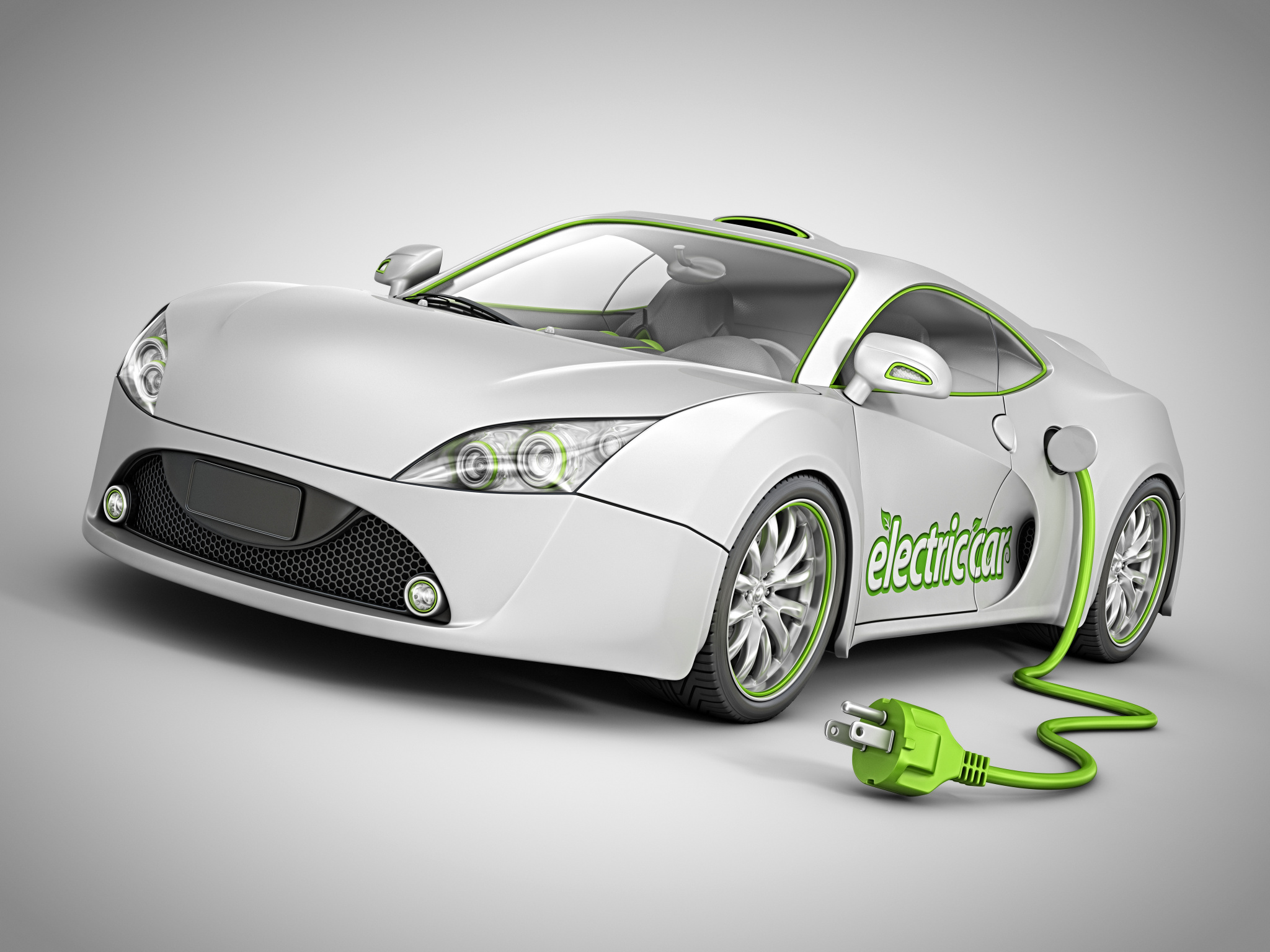The evolution of the tractor
The tractor has undergone a significant transformation since its early days in the late 1800s. As the demands of agriculture have changed and technology has progressed, the tractor has become an integral part of modern farming. The following sections will explore how the tractor has changed and adapted over time.
Early days of the tractor
The first tractors were developed in the 1800s in the form of steam-powered machines. These were large and cumbersome, requiring a team of workers to operate and maintain them. In the early 1900s, gasoline and diesel engines were introduced, significantly reducing the size and complexity of tractors. However, these tractors were still relatively crude and lacked the power and versatility required for modern farming.
The rise of mass production
In the 1920s and 1930s, mass production techniques were introduced to the manufacturing of tractors, allowing for greater precision and standardization. This led to the development of more efficient and powerful machines, such as the Fordson Model F and the John Deere Model D. These tractors were smaller, lighter, and more fuel-efficient than their predecessors and were well-suited to the growing demands of agriculture in North America and Europe.
The modern era of the tractor
The late 20th century saw a dramatic shift in the design and purpose of tractors. The introduction of electronics and computer control systems meant that tractors could be highly specialized and tailored to specific tasks, such as planting, harvesting, and tilling. The use of GPS technology and automation has also revolutionized agriculture, allowing for the precise and efficient use of resources.
Future prospects
The future of the tractor looks bright, with continued advances in technology and innovation driving the industry forward. Precision agriculture and drone technology are likely to play an increasingly important role in farming, and there is a growing focus on sustainability and environmental responsibility. As such, the tractor will continue to evolve and adapt to meet the challenges of modern agriculture, ensuring that it remains an essential part of our global food system.

